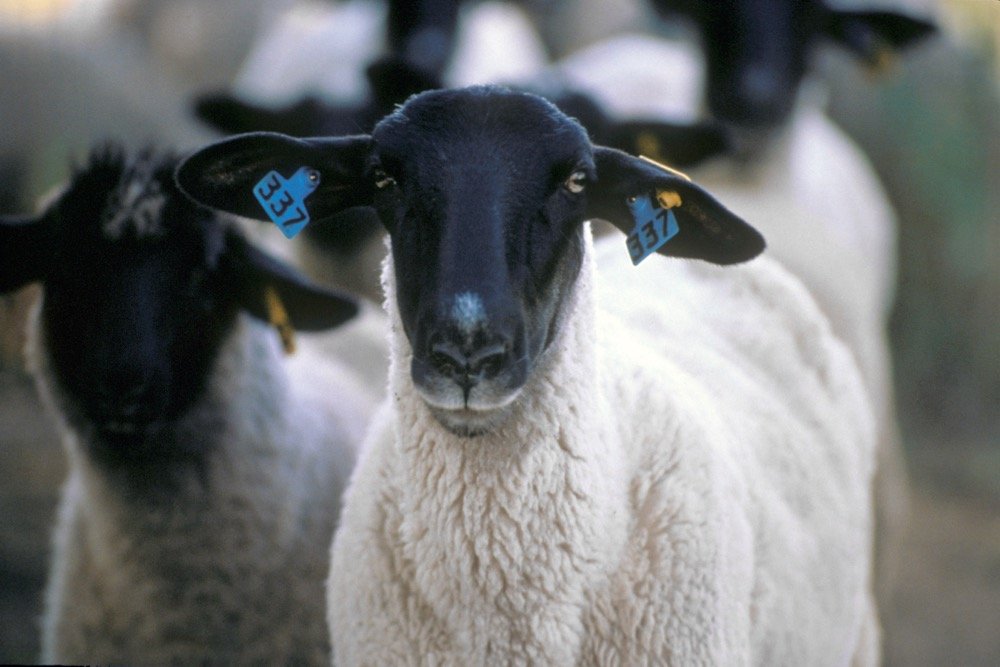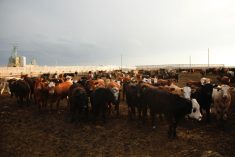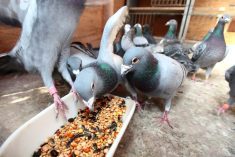Two flocks of sheep in Alberta are under federal quarantine after a sheep that lived at both farms was confirmed June 21 with classical scrapie.
A degenerative nervous system disease affecting sheep and goats, scrapie is one of the transmissible spongiform encephalopathy (TSE) family that includes Creutzfelt-Jakob disease in people, BSE in cattle and chronic wasting disease in cervids.
Unlike atypical scrapie, which is known to occur spontaneously in older sheep and isn’t believed to be naturally transmissible, classical scrapie can infect other sheep and goats through exposure to scrapie-infected animals and/or a scrapie-contaminated environment.
Read Also

U.S. livestock: Cattle strength continues
Cattle futures on the Chicago Mercantile Exchange were stronger on Friday, hitting fresh highs to end the week.
Prions, the misfolded proteins that cause TSEs, have been found in milk, feces, saliva and urine of scrapie-infected animals. The most common path for classical scrapie to spread is from an infected female to her offspring or to other animals exposed to infected placenta. Scrapie is not believed to pose a risk to human health.
In the Alberta case announced Wednesday by the Canadian Food Inspection Agency and by Alberta Lamb Producers, the sheep was tested after having shown “clinical signs consistent with scrapie.”
“As the scrapie-positive sheep lived on multiple premises, a second flock in Alberta has been quarantined and disease control procedures required for classical scrapie have been implemented for both flocks,” ALP said in a statement.
The Alberta case marks the first classical scrapie case confirmed in domestic livestock in Canada since January last year, when two goat herds in Manitoba were quarantined.
Classical scrapie hadn’t been seen in Alberta since a goat herd was quarantined there in October 2017, and hadn’t been confirmed in a sheep in Alberta since 2010.
Since 1945, scrapie has been a reportable disease in Canada, meaning producers and veterinarians who suspect an animal may be infected are required by law to inform CFIA for immediate investigation.
Scrapie’s clinical signs are only seen in adult animals, typically between two and five years old. A scrapie-infected animal that appears ill will typically die within a few months.
The disease can appear in an older animal as changes in general behaviour, such as aggression or apprehension, tremors, lack of co-ordination or abnormal gaits. A mature animal with a poor coat, or one that is found dead, can also be diagnosed with scrapie.
Once an animal is confirmed positive for scrapie, CFIA’s disease control actions usually include:
- quarantine and animal movement controls;
- destruction and disposal of all infected and at-risk animals;
- investigation of potentially infected or high-risk animals;
- cleaning and disinfection of infected premises; and
- follow-up deadstock surveillance.
Livestock producers whose animals are ordered destroyed may be eligible for compensation, CFIA said. — Glacier FarmMedia Network



















